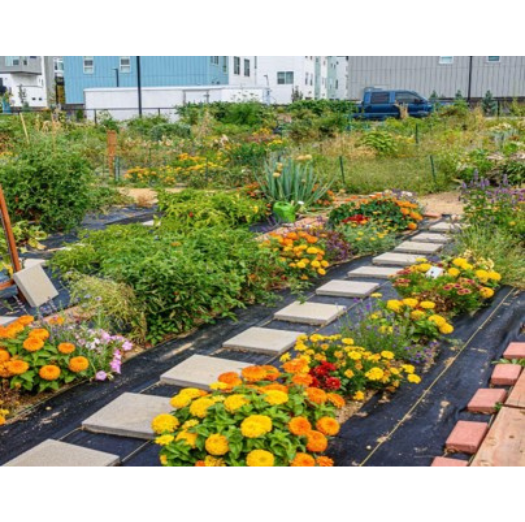


Reservorios de bienestar y despojo de bienestar
Nuestro entorno construido influye significativamente en nuestro bienestar, tanto individual como colectivo. Dentro de nuestras comunidades, hay lugares que destacan por mejorar nuestro bienestar colectivo. Estos lugares, a menudo pasados por alto o subestimados, son activos valiosos. Entre ellos, hay sitios específicos que tienen un significado personal para nosotros. Nos referimos a ellos como nuestros "reservorios de bienestar", lugares donde satisfacemos diversas necesidades de bienestar. La preservación de estos reservorios es esencial, ya que son fuentes fundamentales de bienestar comunitario y satisfacción personal.
Sin embargo, el concepto de bienestar puede verse socavado cuando las inversiones en “bienes públicos”, como parques y carreteras, se evalúan únicamente en función de su impacto económico. Este enfoque puede descuidar el bienestar de las comunidades marginadas. Dichos proyectos pueden despojar involuntariamente a estas comunidades de sus activos de bienestar, como la seguridad, la autonomía y el sentido de pertenencia. Este “despojo del bienestar” puede provocar daños duraderos a la salud, la riqueza y la calidad de vida, y generar desconfianza en el gobierno. Por lo tanto, es vital reconocer y valorar estos activos para garantizar que las inversiones públicas beneficien a todas las comunidades de manera equitativa.
¿Qué entendemos por Bienestar?
El bienestar es la experiencia de sentirse completo, individual y colectivamente. Todos estamos programados para buscar estos elementos que refuerzan la esperanza, la salud y la resiliencia: conexión social, seguridad, estabilidad, dominio y acceso significativo a los recursos pertinentes. WIATT arroja luz sobre cómo un proyecto de entorno construido afectará el acceso de las personas al pedirles a los residentes que reflexionen sobre:

Evaluar si las necesidades de los residentes de Springfield están satisfechas en los cinco ámbitos del bienestar es fundamental para planificar la construcción de la biblioteca y el centro recreativo en St. Johns Park. Simplemente ampliar el parque sin obtener la opinión de los residentes sobre lo que falta y lo que tendría el mayor impacto para ellos daría como resultado un proyecto que puede no ser el más significativo o necesario para las comunidades destinatarias. La opinión de los residentes fue fundamental para las discusiones y, finalmente, para la decisión de agregar una biblioteca y un centro recreativo.
¿Quiere saber más sobre el marco de bienestar y los cinco dominios del bienestar? Consulte nuestra Entrenamiento de Bienestar y el Recursos sobre definiciones y aspectos clave.